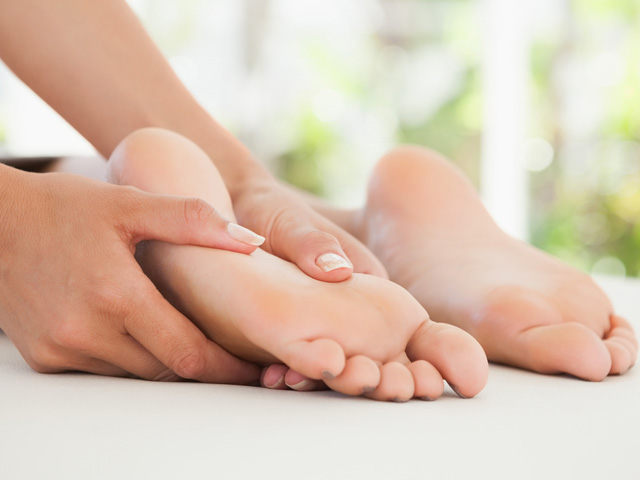
What is Foot Corn? How Can Corn Be Treated?
In people who walk or stand a lot during the day, some health issues can be seen due to the fact that the feet are constantly under pressure. Foot corns, one of the most common among these, is a health problem caused by friction, pressure and sweat together.
Foot corns, which can be quite painful, are indeed results of a defense mechanism of the skin against continuous pressure. They develop as the skin hardens and loses its elasticity accordingly, become more painful and difficult to treat as they progress. For this reason, if corn formation is observed in any part of the body, it should be treated immediately to prevent painful progression.
Corns usually form on the bony parts of the feet, but can also occur on the parts of the hand exposed to pressure in people who work using their hands.
What are the symptoms of corn?
Corns are usually not uncomfortable in the initial period and when they occur between the toes, they are often not noticed until they progress. But as it grows, it starts to show its symptoms. These are almost the same in everyone and can be listed as follows:
- Significant pain in the area
- Thickening and hardness
- Discoloration
- Inflammation
- Formation of a bump
What are the causes of corns?
High heels, wrong sized or uncomfortable shoes, shoes that are of poor quality are among the top factors that predispose to corn formation. The time spent on feet also contributes.
Apart from the shoe factor, people who walk barefoot for a long time and whose feet are exposed to friction and dryness are also likely to develop corns. Also, walking disorders can also increase the risk of foot corns.
How does a foot corn go away?
Correct corn treatment varies according to factors such as the size and degree of the corn, but it is usually quite simple. People should make sure that the formation they see on their feet is corn before starting to work on corn care at home. In some cases, since different skin diseases with inflammation can be confused with corns, it will be very useful to get an opinion from a dermatologist at this point.
In inflamed corns, the possibility of infection, bleeding and discharge is quite high and treatment must be done in hospital. In these corns, options such as wound care, removal of inflammation and antibiotic treatment can be applied.
In severe cases, which ruin daily routines, corn removal surgery can be a very practical choice. The procedure is generally done in minutes and the person can go back to normal life in days.
In non-inflamed normal corns, home treatment can be applied by cleaning the dead skin on the corn surface with pumice stone, using corn remover creams and corn tapes. Most of these methods aim to treat the corn by removing the dead skin accumulated on the corn over time. However, this process should be done slowly and damage to the living skin should be prevented.
What is good for foot corns?
The first step in treating corns is to pay attention to the choice of footwear, going for breathable ones, use appropriate insoles and use auxiliary products such as protective pads or corn removers to reduce friction. Regular moisturizing of the feet and the use of protective foot creams can also help.



